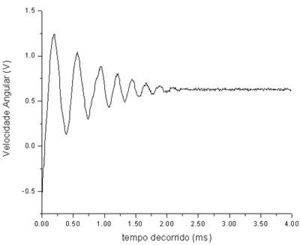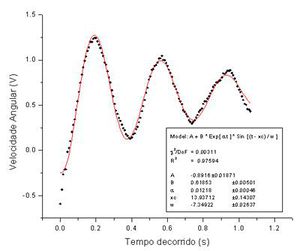Damped Pendulum Oscillations
Contents
Description of the Experiment
The purpose of this experiment is to determine the friction constant in an harmonic oscillatory motion of a pendulum. Friction is generated by a variable electric charge in parallel with a hard disk motor placed on the shaft of the rigid pendulum acting as a generator. By varying this resistive load, the power consumed varies depending on the frequency of oscillation and its value.
Links
- Video rtsp://elabmc.ist.utl.pt/penduloamortecido.sdp
- Laboratory: Intermediate in e-lab.ist.utl.pt
- Control room: Pendulo Amortecido
- Grade: **
Experimental Apparatus
The pendulum is launched, and the user can choose the length of the rod and the initial angle. The pendulum's rod is attached to the head of a salvaged hard-drive. This allows a measuring of the pendulum's angular velocity, as a function of time.
Protocol
Under construction.
Advanced Protocol
The oscillation period decreases, even though the first three do not show this. (Why?) Find the mathematical expression that explains this behavior and fit it to the experimental data. Change the friction parameter and find the new friction constant.

